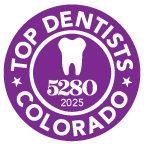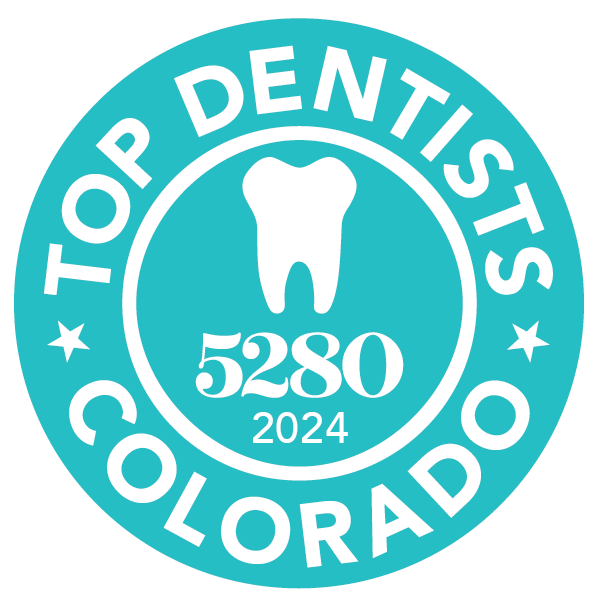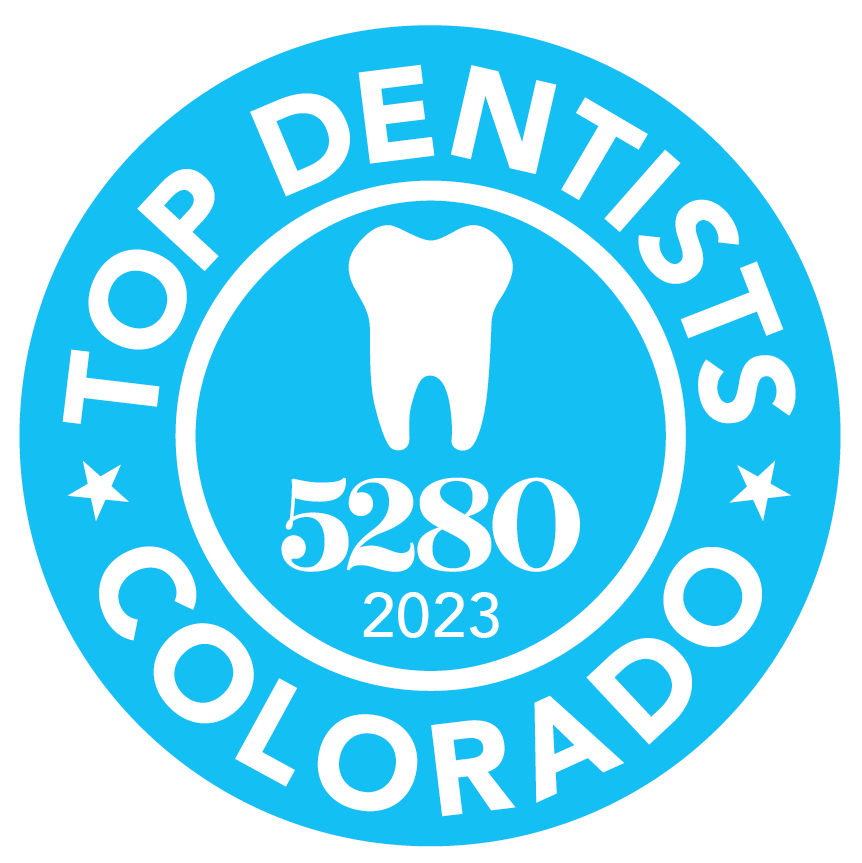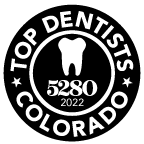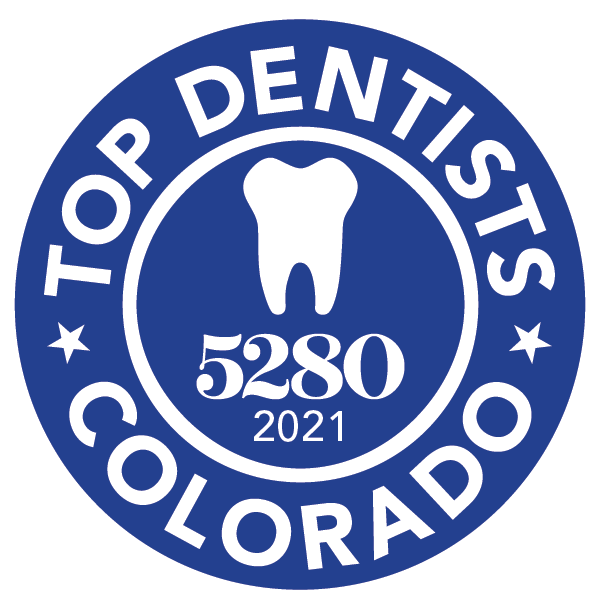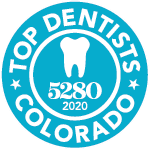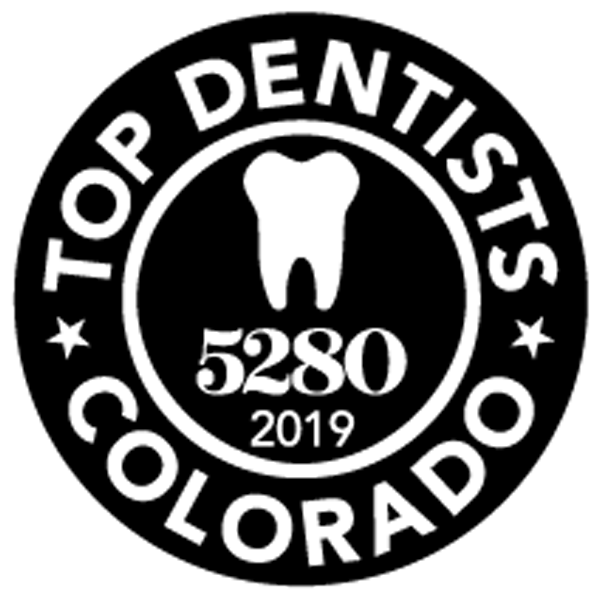Over a period of time, the jawbone associated with missing teeth atrophies or is reabsorbed. This often leaves a condition in which there is poor quality and quantity of bone suitable for placement of dental implants. In these situations, most patients are not candidates for placement of dental implants.
Today, we have the ability to grow bone where needed. This not only gives us the opportunity to place implants of proper length and width, it also gives us a chance to restore functionality and aesthetic appearance.
Bone grafting can repair implant sites with inadequate bone structure due to previous extractions, gum disease or injuries. The bone is either obtained from a tissue bank or your own bone is taken from the jaw, hip or tibia (below the knee). Sometimes xenograft materials from a bovine source can be utilized. Sinus bone grafts are also performed to replace bone in the posterior upper jaw. In addition, special membranes may be utilized that dissolve under the gum and protect the bone graft as well as encourage bone regeneration. Depending on the situation, these bone grafts are known as ridge augmentation, guided bone regeneration or guided tissue regeneration.
Jawbone Health
When one or more teeth are missing, it can lead to jaw bone loss at the site of the gap. This loss of jawbone can develop into additional problems, both with your appearance and your overall health. You may experience pain, problems with your remaining teeth, an altered facial appearance, and eventually even the inability to speak and eat normally.
In that same way that muscles are maintained through exercise, bone tissue is maintained by use. Natural teeth are embedded in the jawbone, and stimulate the jawbone through activities such as chewing and biting. When teeth are missing, the alveolar bone, or the portion of the jawbone that anchors the teeth in the mouth, no longer receives the necessary stimulation, and begins to break down, or resorb. The body no longer uses or “needs” the jaw bone, so it deteriorates and goes away.
Potential Consequences of Tooth and Jaw Bone Loss
- Problems with remaining teeth, including, misalignment, drifting, loosening and loss
- Collapsed facial profile
- Limited lip support
- Skin wrinkling around the mouth
- Distortion of other facial features
- Jaw (temporomandibular joint [TMJ]) pain, facial pain, and headaches
- Difficulty speaking and communicating
- Inadequate nutrition as a result of the inability to chew properly and painlessly
- Sinus expansion
Reasons For Bone Loss
Tooth Extractions
- When an adult tooth is removed and not replaced, jawbone deterioration may occur. Natural teeth are embedded in the jawbone, and stimulate the jawbone through activities such as chewing and biting. When teeth are missing, the alveolar bone, or the portion of the jawbone that anchors the teeth in the mouth, no longer receives the necessary stimulation, and begins to break down, or resorb. The body no longer uses or “needs” the jaw bone, so it deteriorates and goes away.
- The rate the bone deteriorates, as well as the amount of bone loss that occurs, varies greatly among individuals. However, most loss occurs within the first eighteen months following the extraction, and continues throughout life.
Periodontal Disease:
- Periodontal diseases are ongoing infections of the gums that gradually destroy the support of your natural teeth. Periodontal disease affects one or more of the periodontal tissues: alveolar bone, periodontal ligament, cementum, or gingiva. While there are many diseases which affect the tooth-supporting structures, plaque-induced inflammatory lesions make up the majority of periodontal issues and are divided into two categories: gingivitis and periodontitis. While gingivitis, the less serious of the diseases, may never progress into periodontitis, it always precedes periodontitis.
- Dental plaque is the primary cause of gingivitis in genetically susceptible individuals. Plaque is a sticky colorless film, composed primarily of food particles and various types of bacteria, which adhere to your teeth at and below the gum line. Plaque constantly forms on your teeth, even minutes after cleaning. Bacteria found in plaque produce toxins or poisons that irritate the gums. Gums may become inflamed, red, swollen, and bleed easily. If this irritation is prolonged, the gums separate from the teeth causing pockets (spaces) to form. If daily brushing and flossing are neglected, plaque can also harden into a rough, porous substance known as calculus (or tartar). This can occur both above and below the gum line.
- Periodontitis is affected by bacteria that adhere to the tooth’s surface, along with an overly aggressive immune response to these bacteria. If gingivitis progresses into periodontitis, the supporting gum tissue and bone that holds teeth in place deteriorates. The progressive loss of this bone, can lead to loosening and subsequent loss of teeth.
Dentures/Bridgework:
- Unanchored dentures are placed on top of the gum line, and therefore do not provide any direct stimulation to the underlying alveolar bone. Over time, the lack of stimulation causes the bone to resorb and deteriorate. Because this type of denture relies on the bone to hold them in place, people often experience loosening of their dentures and problems eating and speaking. Eventually, bone loss may become so severe that dentures cannot be held in place even with strong adhesives, and a new set may be required. Proper denture care, repair, and refitting are essential to maintaining oral health.
- Some dentures are supported by anchors, which do help adequately stimulate, and therefore preserve bone.
- With bridgework, the teeth on either side of the appliance provide sufficient stimulation to the bone, but the portion of the bridge that spans the gap where the teeth are missing receives no direct stimulation. Bone loss can occur in this area.
- By completing a bone graft procedure, Dr. Jenkins is now able to restore bone function and growth, thereby halting the effects of poor denture care.
Trauma:
- When a tooth is knocked out or broken to the extent that no biting surface is left below the gum line, bone stimulation stops, which results in jawbone loss. Some common forms of tooth and jaw trauma include: teeth knocked out from injury or accident, jaw fractures, or teeth with a history of trauma that may die and lead to bone loss years after the initial trauma.
- A bone grafting procedure would be necessary to reverse the effects of bone deterioration, restoring function and promoting new bone growth in traumatized areas.
Misalignment:
- Misalignment issues can create a situation in the mouth where some teeth no longer have an opposing tooth structure. The unopposed tooth can over-erupt, causing deterioration of the underlying bone.
- Issues such as TMJ problems, normal wear-and-tear, and lack of treatment can also create abnormal physical forces that interfere with the teeth’s ability to grind and chew properly. Over time, bone deterioration can occur where bone is losing stimulation.
Osteomyelitis:
- Osteomyelitis is a type of bacterial infection in the bone and bone marrow of the jaw. The infection leads to inflammation, which can cause a reduction of blood supply to the bone. Treatment for osteomyelitis generally requires antibiotics and removal of the affected bone. A bone graft procedure may then be required to restore bone function and growth lost during removal.
Tumors:
- Benign facial tumors, though generally non-threateningly, may grow large and require removal of a portion of the jaw. Malignant mouth tumors almost always spread into the jaw, requiring removal of a section of the jaw. In both cases, reconstructive bone grafting is usually required to help restore function to the jaw. Grafting in patients with malignant tumors may be more challenging because treatment of the cancerous tumor generally requires removal of surrounding soft tissue as well.
Developmental Deformities:
- Some conditions or syndromes known as birth defects are characterized by missing portions of the teeth, facial bones, jaw or skull. Dr. Jenkins may be able to perform a bone graft procedure to restore bone function and growth where it may be absent.
Sinus Deficiencies:
- When molars are removed from the upper jaw, air pressure from the air cavity in the maxilla (maxillary sinus), causes resorption of the bone that formerly helped the teeth in place. As a result, the sinuses become enlarged, a condition called sinus pneumatization.
- This condition usually develops over several years, and may result in insufficient bone for the placement of dental implants. Dr. Jenkins can perform a procedure called a “sinus lift” that can treat enlarged sinuses.
About Bone Grafting
- Over a period of time, the jawbone associated with missing teeth atrophies is reabsorbed. This often leaves a condition in which there is poor quality and quantity of bone suitable for placement of dental implants. In these situations, most patients are not candidates for placement of dental implants.
- With bone grafting, we now have the opportunity to not only replace bone where it is missing, but also the ability to promote new bone growth in that location. This not only gives us the opportunity to place implants of proper length and width, it also gives us a chance to restore functionality and esthetic appearance.
TYPES OF BONE GRAFTS
Autogenous Bone Grafts:
- Autogenous bone grafts, also known as autografts, are made from your own bone, taken from somewhere else in the body. The bone is typically harvested from the chin, jaw, lower leg bone, hip, or the skull. Autogenous bone grafts are advantageous in that the graft material is live bone, meaning it contains living cellular elements that enhance bone growth.
- However, one downside to the autograft is that it requires a second procedure to harvest bone from elsewhere in the body. Depending on your condition, a second procedure may not be in your best interest. A second downside is that the bone is resorbed very quickly and has a difficult time maintaining the space for new bone to grow into.
Allografts:
- Allogenic bone, or allograft, is dead bone harvested from a cadaver, then processed. Unlike autogenous bone, allogenic bone cannot produce new bone on it’s own. However, it serves as a three-dimensional framework or scaffold over which bone from the surrounding bony walls can grow to fill the defect or void. The allograft will eventually be turned over, resorbed, and replaced by your own bone.
- FDBA and DFDBA are 2 common types of allografts. Both are osteoconductive and serve as a scaffold for new bone growth, however, DFDBA is also osteoinductive meaning it contains small amounts of BMP (bone morphogenic protein) that stimulates and induces bone formation.
Xenografts
- Xenogenic bone is derived from non-living bone of another species, usually a cow. The bone is processed at very high temperatures to avoid the potential for immune rejection and contamination. Like allografts, xenografts serve as a framework for bone from the surrounding area to grow and fill the void.
- Both allogenic and xenogenic bone grafting are advantageous in that they do not require a second procedure to harvest your own bone, as with autografts. However, because these options lack autograft’s bone-forming properties, bone regeneration may take longer than with autografts, with a less predictable outcome.
Synthetic Grafts
- Synthetic grafts consist of graft materials that are synthetically processed and created from ceramics such as calcium phosphates, bioglass, and calcium sulphate that are biologically active and mimic natural bone graft materials. These grafts are typically not used as they do not integrate well with the bone and become fibrous encapsulated.
Types of Bone Grafting Procedures
